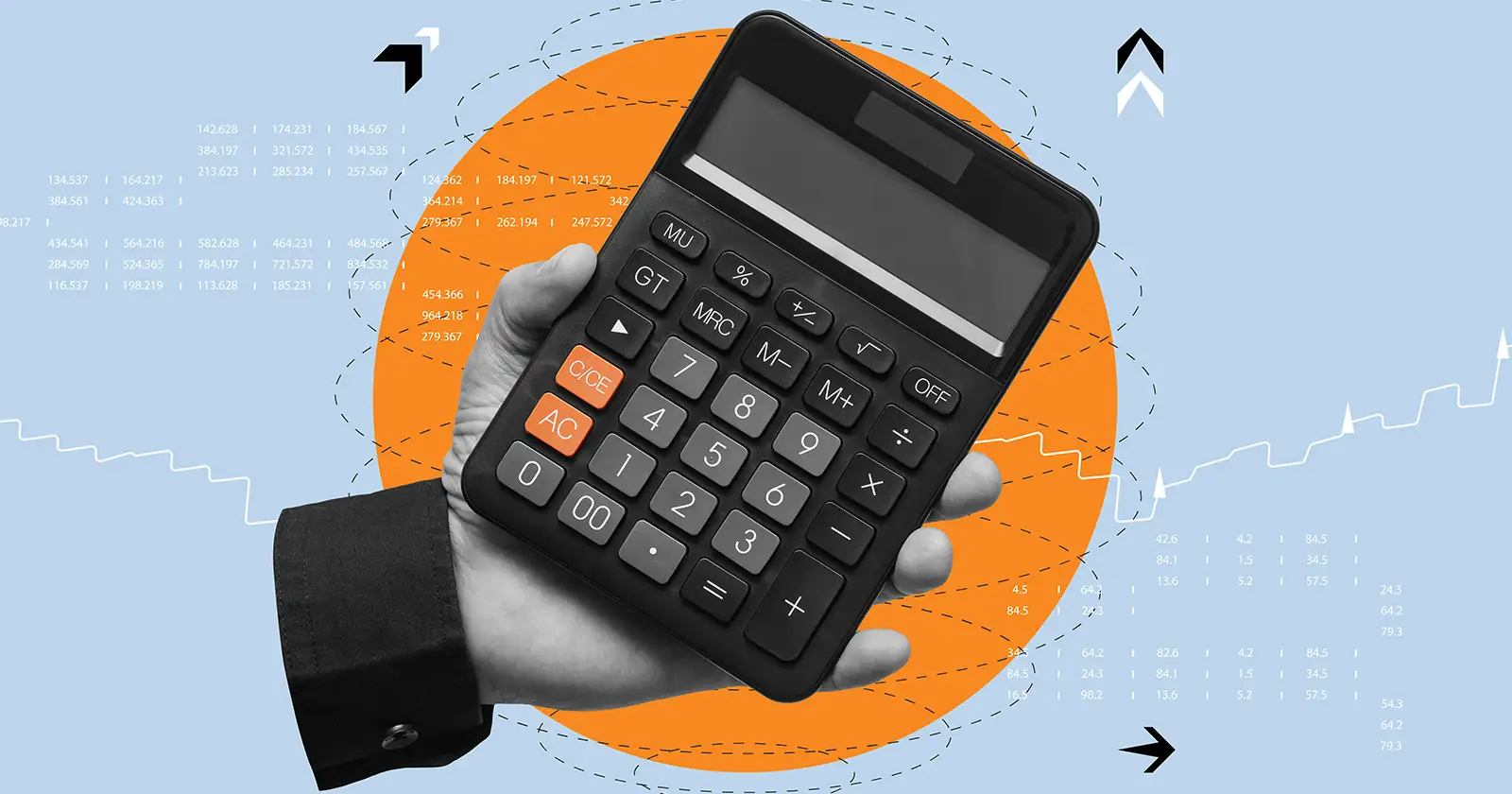It’s no longer enough to only offer your employees a competitive salary. As the economy shifts towards a downturn and the cost of living keeps rising, compensation is top of mind for many employees. But, alone, it’s still not enough to attract top talent — let alone retain it.
The pandemic, lockdowns, and shifts toward hybrid and remote work have all fundamentally changed the way many employees view their job. As a result, non-monetary benefits including wellness initiatives and flexible workspaces have come into sharper focus.
Nowadays, employees want to be seen as people first, and employees second. They expect, and deserve, a more comprehensive package of benefits. And they want something a little more substantial than free lunches and the use of a pool table.
Deciding which benefits to offer your employees is crucial — but so is how you communicate what’s on offer. This is where total rewards strategies and the employee value proposition (EVP) play a vital role.
Total rewards are just one part of your EVP. Meanwhile, a strong EVP is a key driver for talent acquisition, engagement, and retention. Designing a thoughtful and inclusive EVP that speaks to all your employees’ needs and helps them feel adequately financially rewarded for their contributions can be tricky. But when it’s done well, it can decrease turnover by 69% plus increase the commitment of new hires by 29%.
In this article, we’ll explore how your EVP and total rewards dovetail to create a unique offering that helps your business stand out in a competitive job market.
What is the Employee Value Proposition?
An EVP should be considered as part of your overall employer brand strategy — from the point of view of your employees rather than a consumer.
It’s the value offered to individual employees in return for their commitment, skills, and capabilities. This value includes the people they’ll be working with, the culture of the company, the purpose of their role, and the total rewards package they can expect.
You can also market your EVP externally to candidates during the recruitment process so they can see an overview of benefits offerings. However, your EVP discussion shouldn’t be limited to your compensation strategy and the potential for career development — you can also use it to frame and communicate your company values, company culture, and purpose.
According to Gartner, a modern EVP designed for a post-pandemic world should include five key elements:
- Deeper connections: Including attributes like diversity, equity, and inclusion; family support, leadership quality, and a supportive work environment.
- Radical flexibility: Covering flexible work arrangements, autonomy for employees to decide how and where they work, and work-life balance.
- Personal growth: Including personal and career development, equal opportunities, future growth opportunities, mentoring, and more.
- Holistic well-being: Covering compensation, performance management, pay increases, retirement benefits, paid time off, well-being and wellness initiatives, health benefits, and organisational stability.
- Shared purpose: Focused on social and environmental responsibility, ethics, work purpose, culture, core values, and beliefs.
These elements should be highly customised to suit your industry, employee demographics, and core company values.
Employees who feel cared for in the workplace are 3.2 times more likely to feel happy at work. Your EVP can help improve your employees’ quality of life, motivation, and productivity, which can lead to positive business benefits including reputation and performance.
What is a Total Rewards Strategy?
Total rewards strategy sits as part of an overarching EVP. It’s a package combining both the monetary and non-monetary benefits to which each employee is entitled.
The foundation of total rewards is adapting the benefits within your EVP to each employee’s personal preferences, creating a bespoke package. Your total rewards strategy should also include how you go about assessing if the blend of rewards you offer your employees is aligned with their wants and needs.
Matt Shirley, CEO of Splinter Economics, explained how his company achieves this: “We pride ourselves on our ability to tailor-make rewards programmes that perfectly fit the needs of each employee. We understand that everyone has different motivations and values, so we work hard to create unique rewards packages that will appeal to each individual. This way, everyone feels valued and appreciated in their way — which is essential for maintaining a happy and productive workforce.”
Bear in mind that the generational priorities of your employees can impact the blend of benefits they choose for their total rewards package. Parental leave, flexible hours, and financial advice may appeal to older millennials, while generous annual leave, remote work, and healthcare coverage may be more of a priority for Gen Z.
Total rewards can be split into three broad categories:
- Foundational rewards: base pay, retirement plans, health insurance, paid time off, allowances, employee assistance programmes, and wellness benefits.
- Performance-based rewards: pay reviews and performance-based increases, profit-sharing plans, promotions, and other incentives.
- Career and environmental rewards: training and development, mentorship, flexible working, wellness programs, and other voluntary benefits.
Why It’s Important to Have Both
While the terms EVP and total rewards are often interchangeable, there are some key differences. A truly effective and inclusive compensation strategy will include both of these elements.
Total rewards detail exactly how each employee will be compensated, while EVP is part of the overarching promise you make to those employees. This includes not only their total rewards, but the culture, stability, and company values they can expect when they join your team.
“It’s crucial to understand what your employees value most regarding compensation and benefits. This information can then be used to design programs that attract, motivate and retain the best talent,” said Shirley.
Once you’ve created a compelling EVP, total rewards can be used to meet each employee’s varying needs. It’s also important to keep in mind that while any EVP and total rewards package should offer a range of benefits depending on each employee’s requirements, these packages cannot discriminate by gender, age, disability, national origin, religion, or sexual orientation.
“Our total rewards and EVP set us apart because we offer a very competitive salary and benefits package, as well as a great work-life balance,” said Linda Shaffer, Chief People Operations Officer at Checkr. “We also have a comprehensive wellness programme that is offered to all employees. Everything is tailored to each employee and outlines the specific value that they bring to our organisation.”
Creating your EVP and total rewards strategy is just the first step. Now it’s time to bring them to life through effective communication and promotion.
Best Practices for Sharing Compensation Information With Your Employees
Even if you have a thoughtful EVP and total rewards strategy, you must make them transparent and accessible. If you don’t communicate them effectively to employees, their value starts to diminish and engagement with these benefits may drop off. From the very start of an employee’s journey with you, think of how you can share the benefits on offer and demonstrate their value. Here are some best practice tips to get you started.
1. Share information across a range of platforms.
Creating a short, powerful summary of your EVP can form part of your overall compensation strategy, a topic explored in Lattice’s eBook, HR’s Guide to Setting a Compensation Strategy. This can be shared across all platforms your team uses. Within this summary, outline the behaviours and actions that link to the five elements of a great EVP, and how these relate to your business.
In addition to internal communications including webinars, drop-in sessions, and performance reviews, marketing your EVP externally can also help drive recruitment and attract the top talent. Gartner research shows that 65% of candidates have pulled out of the hiring process if an EVP doesn’t meet their expectations.
“We share this information with our employees by hosting informational sessions and communicating through our internal website and intranet. We also inform them of these from the get-go, as early as the recruitment process,” Shaffer said.
2. Share total rewards statements with each employee.
Now, it’s time to get up close and personal. Creating a personalised total rewards statement is a powerful way to highlight how the blend of benefits on offer adds value to each individual at your company. This can be shared for the first time as an attachment to an offer letter, and then annually during individual performance reviews.
Total rewards statements are a powerful way to illustrate how the value of each benefit goes towards an employee’s overall compensation. If you don’t provide an outline of these costs, it can be harder for employees to see the true value of any non-monetary benefits and as a result, they may view their compensation as less competitive than it truly is.
3. Encourage co-ownership.
Communicating your EVP and total rewards is one thing — but what do your employees think? Two-way communication is essential so that you can not only discover what your employees think of your existing package but take their suggestions to improve your offerings.
When it comes to fostering co-ownership of compensation strategies, collect feedback through employee surveys and focus groups. Use this to shape future iterations of both your EVP and total rewards offerings. Over time, reward schemes can start to get tired, especially if they include certain non-financial rewards that no longer hold any appeal for your employees.
Remaining open to feedback from reviews can help keep things fresh, ensure that what you’re offering meets your employees’ requirements, and help elevate your employee compensation from ordinary to outstanding.
Elevate Your Employee Compensation Strategy
Arguably, the most valuable asset of any company is its people. And one of the most effective ways to show them how much they’re valued is to create a thoughtful and compelling EVP that appeals to their motivations and in doing so, allows you to craft these overarching principles into tailored total rewards for each employee.
Once you’ve communicated how each employee’s total rewards package is designed to meet their needs, take your annual reviews to the next level by using a centralised hub like Lattice Compensation. Request a demo to learn how to replace spreadsheets with a streamlined solution and make your compensation decisions more equitable and transparent than ever before.




.webp)



